by Wallace Wyss –
Yes indeed sports fans, the AC Shelby Cobra did not spring out of the ground complete.
It was in the beginning just an engine swap of a lumpen proletariat American made V8 into a successful British sports car. The car being the AC Ace imported from the UK which used a tubular bar frame (main tubes 3” in diameter) and an aluminum body.
The body was actually copied off three one-off cars (each one slightly different) made by John Tojiero, a Brit of Portugese extraction who built race cars. His customers had wanted a Ferrari-looking car but not the expense of keeping up a Ferrari engine. The Ferrari copied was the Barchetta.
AC Cars Ltd. saw his cars, liked what they saw and licensed the shape and frame design, promising to pay him a 5 pound sterling royalty for every one they sold.
In 1954, the Aceca coupe was launched at the London Motor Show. The AC cars were successful on the track early on but made their first international publicity in 1957 with an Ace-Bristol finishing 10th overall, 2nd in the 2-liter class at Le Mans. In the US they were often finishing first in class. The Bristol engine was an inline six produced by Bristol, an aircraft maker, who were using a prewar design from BMW.
As the Ace 2.6 (the number referring to the displacement of the Bristol engine version) went on, it began to be tweaked by engine builders such as Kenn Rudd. The Zephyr engine as modified by Rudd was sold as the RuddSpeed engine. The block was made shorter and the hoodline lowered which helped with aerodynamics. Only 37 Rudd-modified Aces were produced from 1961 to 1963.
However this is where the history on the website AC Cars begins to be muddled a bit with what we Yanks know.
ACCARS.EU says the Rudd-modified AC ceased because of “a new V8 version of the Ace to be known as the Ace Cobra.”
Well, here we know that car as the AC Cobra, the name on the bonnet that Shelby and crew peeled off when it arrived Stateside only to substitute a Shelby designed badge.
They say Shelby went to England in 1961 to negotiate with AC to have them build an AC Ace with a new V8 from Ford in the U.S. The engine, displacing 260 cubic inches was lightweight compared to most Detroit V8s but still had a cast iron block and cast iron heads.
The AC factory now says that starting June 20th, 1963 AC made approximately 1000 Cobras and shipped them to Shelby in the U.S. where the engines and transmissions were installed (the prototype was built in 1962 and that’s considered an AC Cobra).
But they also say a number of them were built at AC Cars in London with engines and transmissions, similar to the cars shipped to the U.S. and sold in the European market.
Those latter cars never saw Shelby American.
En.Wikipedia.Org also differs on the dates saying “The first 75 Cobra Mk1 models (including the prototype) were fitted with the 260 cu in (4.3 L). The remaining 51 Mk1 models were fitted with a larger version of the Windsor Ford engine, the 289 cu in (4.7 L) V8.
In late 1962 Alan Turner, AC’s chief engineer completed a major design change of the car’s front end to accommodate rack and pinion steering while still using transverse leaf spring suspension. The new car entered production in early 1963 and was designated the Mark II. The steering rack was borrowed from the MGB while the new steering column came from the VW Beetle. About 528 Mark II Cobras were produced in the summer of 1965 (the last US-bound Mark II was produced in November 1964).”
Cobras were entered by Shelby American at Le Mans in ’63, earning a 7th place overall. The team was managed by none other than driving superstar Stirling Moss, who though never a GP champion, was one of Europe’s most versatile race drivers. It became obvious there that they couldn’t catch the Ferrari prototypes even when fitted with alloy fastback hardtops.
In ’64, there was another sort of confrontation between AC, i.e., the mother company of the Cobra, and Shelby- American. This was where Shelby debuted some Daytona coupes, fastback designs designed in Los Angeles and wrought in Aluminum. When they showed up at Le Mans, AC had their own damn coupe design, uglier but just as fast, if not faster, being clocked at 183 mph at 4:30 in the morning on the newly built M1 motorway (it is rumored that run led to speed limits being imposed, you bad boys!).
As early as 1964, the engine in the Cobra had morphed into the 289 and the car was racking up wins in the FIA, USSRC and SCCA
racing. That was the year that Shelby American went up against the Ferrari team in several races in several countries and triumphed.
Shelby was lucky he got the Daytona coupes classified as production cars by virtue of the fact that there was a loophole in the rules that considered another body to be just be an option, saying the Daytona coupe was the same underneath as the roadster.
Ferrari had used a similar argument in getting the 250 GTO approved as a production model by saying it was merely a body variation on the short wheelbase 250 GT so he could avoid the 100-unit minimum for a production GT sports far. Shelby never bothered to make more than six Daytona coupes though a 7th car with a 427 (the Super Coupe) was designed but never finished in its original era, pushed outside the Shelby factory by Ford in their zeal to make the GT40 a winner.
THE BIG BLOCK
Then Shelby-American did something that the Brits just couldn’t follow, they stuffed a giant 7-liter 427 cu. in. big block FE series V8 into a Cobra. This had an independent wishbone suspension front and rear and coil springs. The chassis and body were still made by AC, the body was wider and much more macho in appearance, which should have been a clue to newcomers (Shelby himself told me “A 427 Cobra will kill you in a second.”
A Shelby employee, Al Dowd, told me that sometimes if they thought the buyer “was a weenie who couldn’t handle a real 427” they substituted a 428 and pocketed the profit, as Ford charged them $200 less for that engine.
Over in the UK AC first advertised the car as the AC 427 but quickly found the engine unsuited to Continental use and backed off, equipping them with the tamer less finicky 428.
AC thinking they could go up against Maserati with a luxury car, and used the same coil sprung chassis with an Italian designed and built body by Frua (the AC 428 Frua), and offered as a roadster and coupe, but that car didn’t sell many because Frua was so slow at making them. There were 29 convertibles and 51 fastbacks and the last one was made in ’73.
AC then went to a mid-engine design that had nothing to do with Shelby.
But in 1982, a man who had been making repairs on Cobras, a bloke named Brian Angliss, started a company called Autokraft. Soon he went from repair and stocking parts to making whole cars looking just like the Cobra. A US version called the AC Cobra Mk. IV was Federalized with a 5.0 liter Mustang engine. The cockpit was roomier and the switchgear switched to rocker switches instead of toggles. These cars were sold at Ford dealers in the U.S. which probably caused Shelby no small amount of angst as he was getting not a penny from a car he had developed.
Ford bought Autokraft but had no long range interest in Cobra production; instead using the talent there to make prototypes. Ford did design a new car that, sadly lacks the character of a Cobra (it reminds me of a Camaro). Less than 100 were built and Ford sold the company back to Angliss who was making a Cobra called the Mk. VI, building 480 of them in the late ‘80s and early ‘90s.
He then got over-involved in motorcycle restoration and WWII airplanes and went bankrupt, selling AC to a South African named Alan Lubinsky. He found out the cost was in the aluminum body, so in 1999 launched a version with another body material. There was another development using the Lotus 3.5 liter V8 and a 6-speed that called the AC 212 but Lotus had to cancel the engine so only two got built. Another model the AC Mk. V was made, this time with a compoisted body and Ford 5.0 liter 340 hp Fuel injected engine mated to a 5-speed. That started in 2004 and died out in 2007.
Now the waters are somewhat muddied. According to ACCARS.EU the AC company has cars built at AC Heritage, who are building AC 289 Mk. II and AC 427 Mk. II “virtually to original specifications”.
In 2012, the website says AC produced a number of AC Mk. II classics with the five liter engine, that they say is “original to the 1960s car.”
This is all not counting the many replicas made in South Africa, the U.S. and Continental Europe as well as New Zealand and Australia.
So keeping track of which Cobras are most Cobra-like (in terms of honoring the original design) is almost a full time job but safe to say that the continued existence of the Cobra body style has made it possible for Shelby fans to “live the life style” that their heroes did in the Sixties….
Let us know what you think in the Comments.
Wallace Wyss
THE AUTHOR: Wallace Wyss is the author of three books on Shelby. Currently he is making oil portraits of exotic cars on commission. He can be reached at Photojournalistpro2@gmail.com.
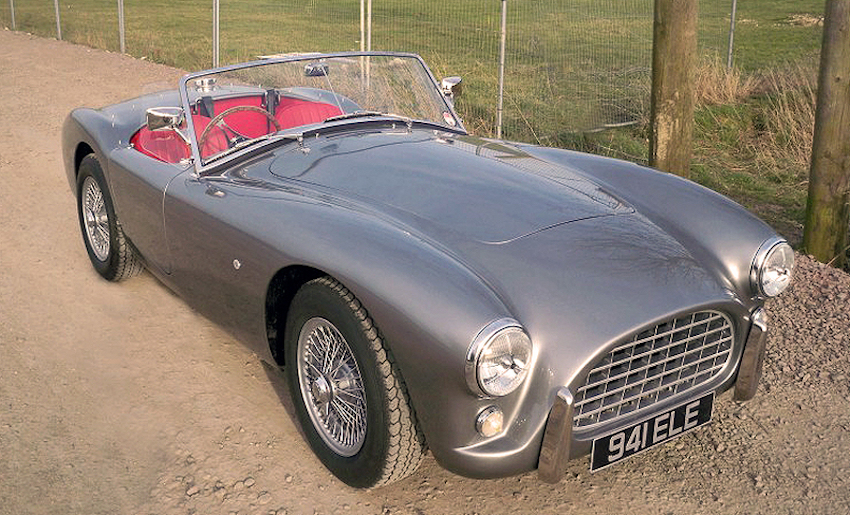
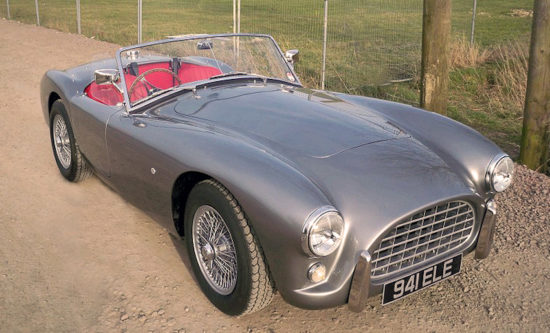
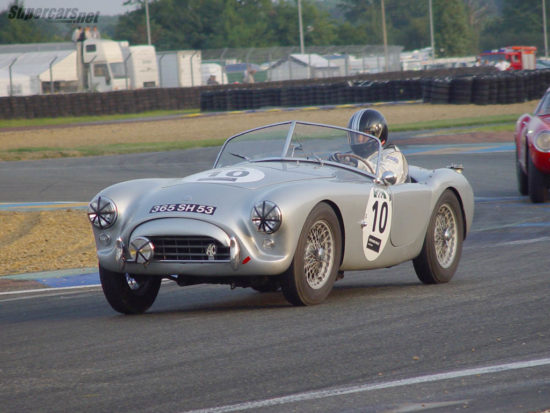
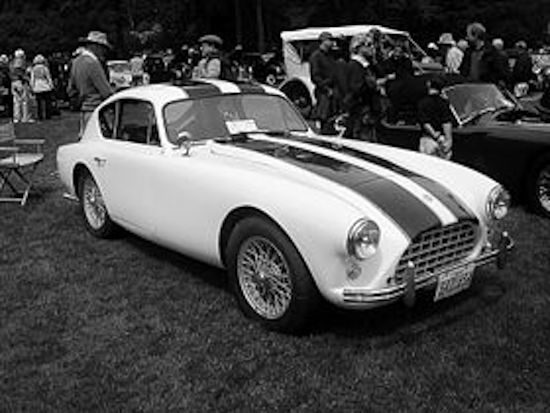
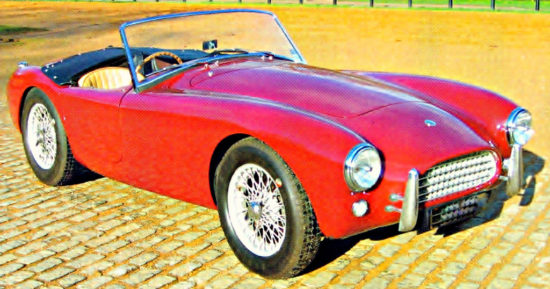
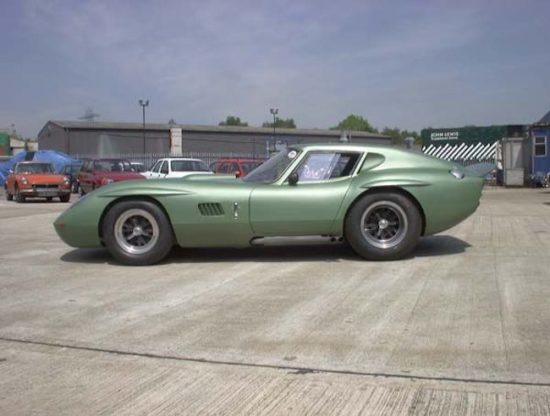
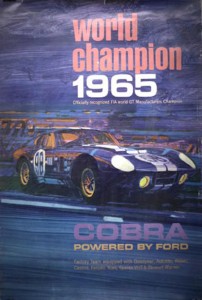
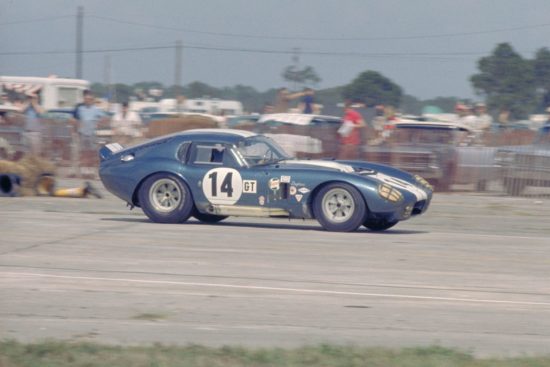
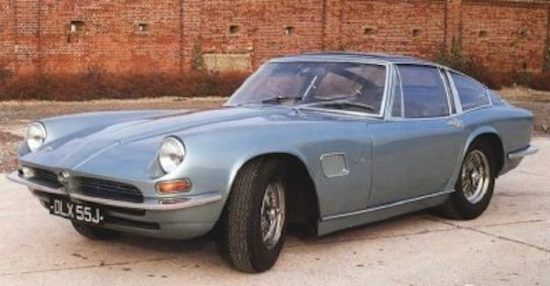
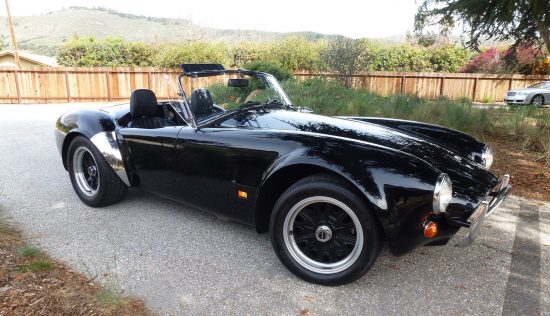
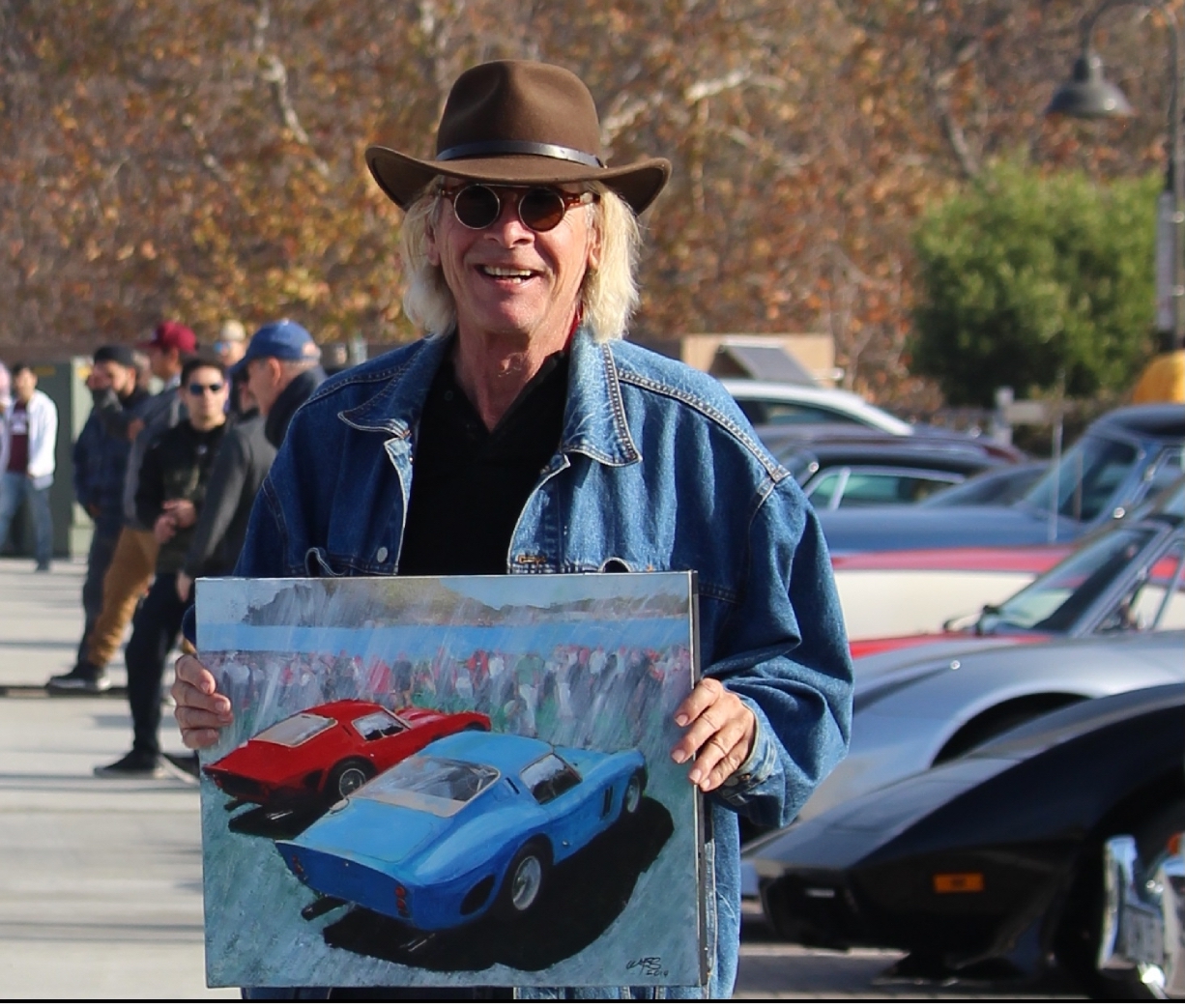
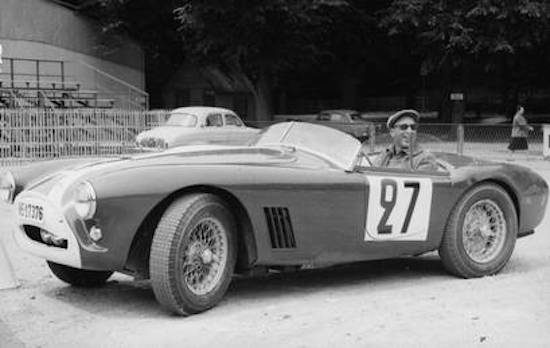
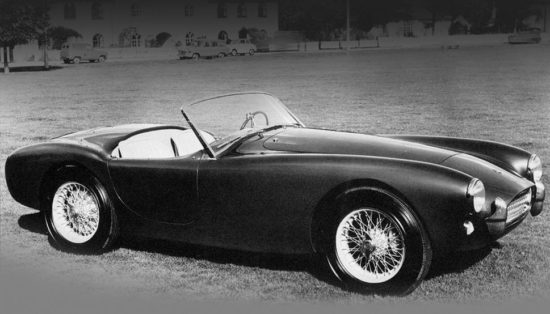
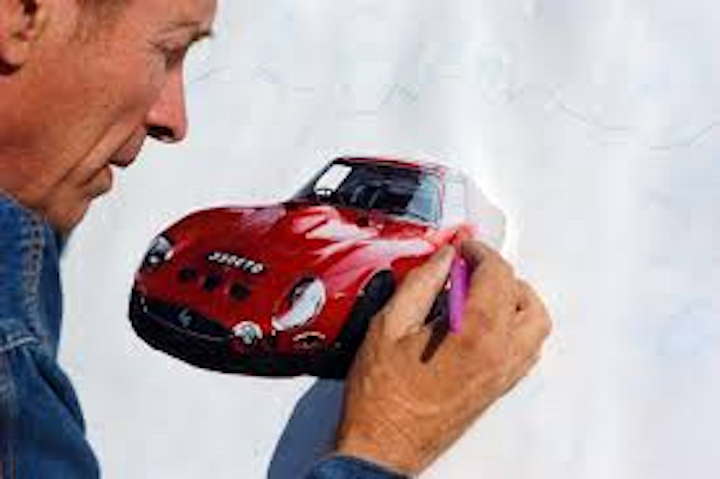

You forgot to mention the genuine Shelby American Company itself, with Carroll Shelby and after Carroll Shelby, manufacturing various “continuation” models of the Shelby AC Cobra.
FYI Shelby now offers CSX engines in all different sizes, Beautifully fished they are works of art.
Hi, reading all the stories about the AC Ace. In 1960 after a succesfull race at Brands Hatch Bob Staples was riding in VPL442 with his brother at the wheel. A rear wishbone broke, the hard top came off and threw Bob on to the track. He was injured. The car was returned to AC. In June of 1960 I saw the car at AC completely rebuilt but not painted and no upholstery. My coworker, Ken Mantovani and I picked up the Racing wheels to take to Oulton Park. While at AC I saw a car under a tarp. Ken asked the Foreman to show me. It was the first AC Cobra, with a 260 Ford engine. I was sworn to secrecy. The car was shown at Earls Court. The Ace, VPL442 was driven by the AC rep with Bob in the passenger seat. Bob had eye injur and was not supposed to drive in daylight. Anyway, we arrived at Oulton Park Saturday morning. The car was prepared for the first set of Marc Scratch races, top removed, windsheild changed, and, my job, to change the Zenith downdraft carb needles on the Bristol 6 engine. I note other stories on chassis AE01 say it had an AC 6 engine. Anyway, Bob won every race. Bob was the 1959 Amateur Sports Car Champion. Bob drove the Ace from Oulton Park back to London on Sunday, with me in the passenger seat. On some stretches ofvthe A5 the Ace was doing around 140 mph. Bob was a masterful driver. I will be 80 in 3 months, so it was a long timd ago, so excuse any errors.